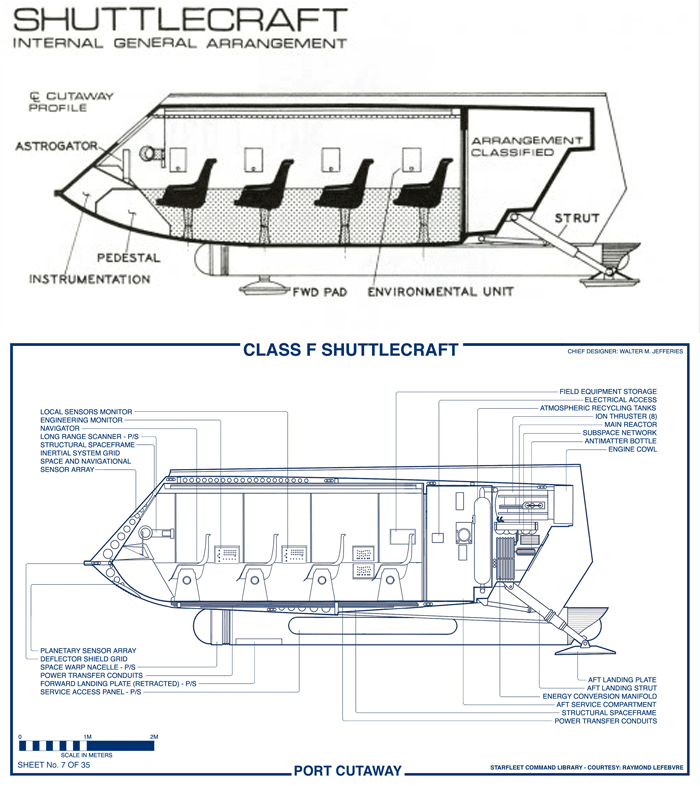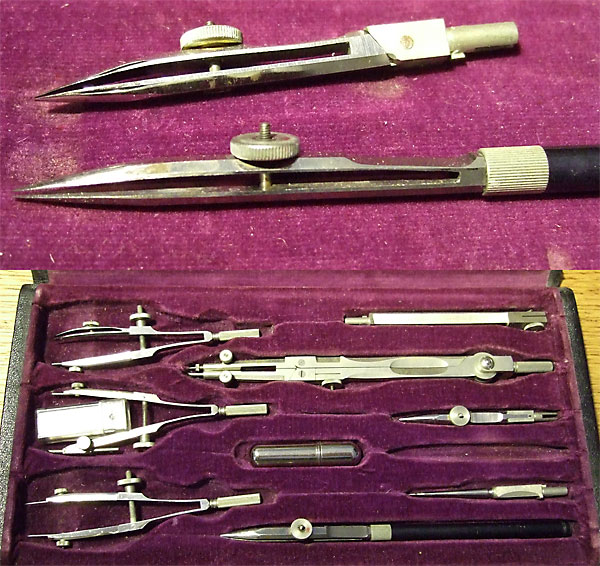A few of the ideas are odd, a few of the assumptions differ from those of Matt Jefferies and some parts of it don't fit the modern view of the Trekverse (most notably the location of engineering and lack of a warp core), but it was all approved by Gene Roddenberry at the time.
I'd say a swimming pool right behind the stem of the main-sensor deflector is very weird. "Different assumptions"? "
Some (???) parts of it don't fit the
modern view?"
Mr. Franz Joseph Schnaubelt based the bulk of his drawings on
The Making of Star Trek which contained a blueprint of the actual Season Two studio set, so he knew at least how sickbay and how the corridor leading to the engineering section needed to look like.
He apparently decided to ignore this. I also fail to remember seeing any tri-ladder tube in his deck plans and there are many locations from TOS that are either absent or reproduced in such a fashion, it's difficult to recognize these. Obviously, the FJ deck plans are nothing more than a vision how the interior could have looked like, had there not been TOS as a visual reference to compare these to.






